Civil Engineering - Cursos en Ingles - Cursos Técnicos - Ingenieros
- 4T-Access Management$60.00Learn More
The Access Management course discusses the purpose of access management. Access management is the practice of managing the location, number and spacing of connections, median openings and traffic signals on the highway system.
- 4T-Bicycle Planning & Safety$60.00Learn More
The Bicycle Planning & Safety course provides guidelines for planning of safe on-road and shared use bicycle facilities. The background of bicycling is outlined including predictable behavior and the history of bicycling. The intermodal system is discusses as it relates to the design of neighborhoods to promote safe and effective links to destinations where people go for their daily needs. Bicycle planning is discussed in detail.
- 3T-Community Neighborhood Development$50.00Learn More
The Community Neighborhood Development course provides guidelines for the planning and design of community neighborhood developments. Design principles and processes must be considered in community neighborhood development to promote safe and effective movement of all roadway users in the community. They must provide mobility for users, create a safe street for users, accommodate efficient movement of goods, promote access for emergency services, transit, waste management and delivery trucks and provide access to properties. Community neighborhood development consists of designers balancing the needs of through traffic, commercial areas, pubic areas and residential areas.
- 4T-Intersection Safety$60.00Learn More
The Intersection Safety course was developed to discuss the issue of safety as it relates to traffic studies and plan design. Despite improved intersection design and more sophisticated applications of traffic engineering measures, the annual toll of human loss due to motor vehicle crashes has not substantially changed in more than 25 years. Perhaps with a better knowledge behind the crash statistics and countermeasures, designers can implement designs with better intersection safety. This course will brief the reader on national highway safety statistics.
- 1T-Introduction to Transportation Planning$15.00Learn More
The Introduction to Transportation Planning course will discuss the basic principles of transportation planning. It will provide the definition and objectives of project design and corridor traffic forecasting. It will also examine how equivalent single axle loading (ESAL) forecasting plays into the planning process.
- 4T-Maintenance of Traffic Plans$60.00Learn More
The Traffic Control Plans course discusses the issue of work zone traffic control safety as it relates to plan design. Both safety and potential delay to the public caused by traffic interruptions during construction need to be addressed.
- 4T-Median Design$60.00Learn More
Median design benefits are outlined including safety, efficiency and aesthetics. Included are definition of terms used in median design. Access Management Classifications is discussed as it relates to median design. The types of medians are shown from most restrictive to least restrictive. Conflict points associated with the various types of median openings are covered.
- 4T-Pedestrian Safety$60.00Learn More
This course discusses the issue of pedestrian safety as it relates to traffic studies and plan design. A background of the pedestrian safety problem is discussed. An understanding of pedestrian characteristics and transportation design and policy elements that impact pedestrian safety are covered. Design for pedestrian safety is discussed as it relates to street design, street connectivity, site design, land use and access management. Methods to improve pedestrian safety are provided.
Collection data to identify pedestrian safety problems is outlined as it relates to types of safety projects and the information necessary to identify and quantify pedestrian safety deficiencies. - 3T-Road Diet$50.00Learn More
Road diets can be used to address safety concerns with four-lane undivided highway associated with relatively high crash rates as traffic volume increase and as the inside lane is shared by high-speed and left-turning vehicles. The reduction of lanes allows the roadway cross section to be reallocated for other uses such as bike lanes, pedestrian refuge islands or parking.



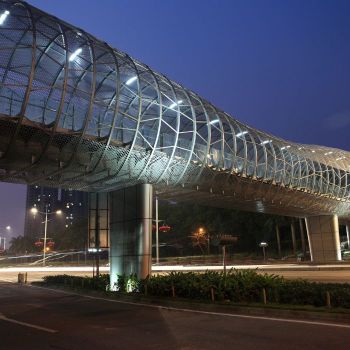



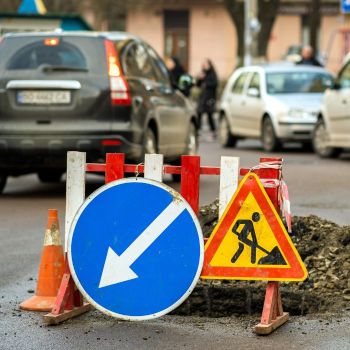
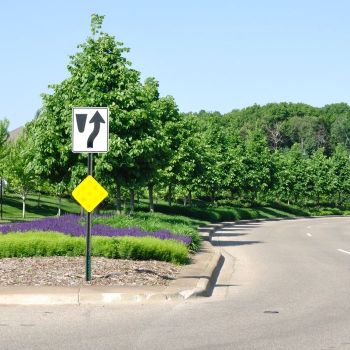
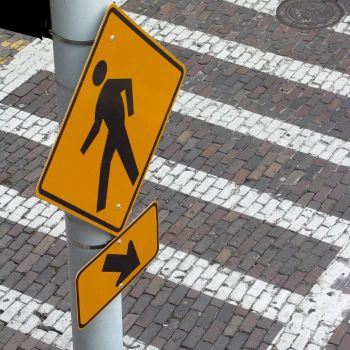
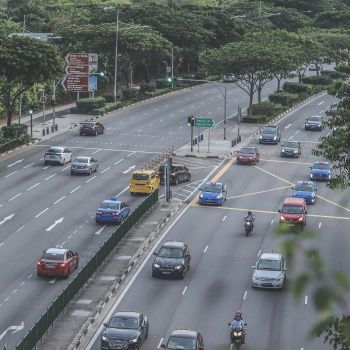

Validate your login
Registrarse
Crear una nueva cuenta